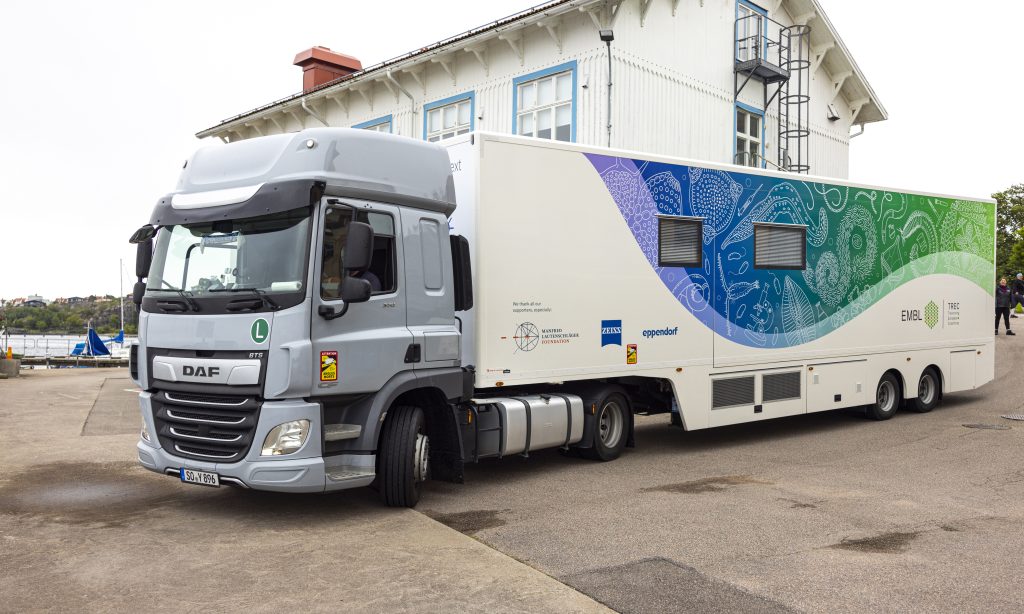Read the latest Issue
What are you scared of?
Different brain regions process different types of fear
In a nutshell:
– Fear of pain, predators, and aggressive members of the same species are processed by different brain circuits
– Fear of aggressive conspecifics activates ‘reproductive’ brain circuit
– Could have implications for phobias and panic attacks

What do bullies and sex have in common? Based on work by scientists at the European Molecular Biology Laboratory (EMBL) in Monterotondo, Italy, it seems that the same part of the brain reacts to both. In a study published today in Nature Neuroscience, the researchers found that – at least in mice – different types of fear are processed by different groups of neurons, even if the animals act out those fears in the same way. The findings could have implications for addressing phobias and panic attacks in humans.
“We found that there seems to be a circuit for handling fear of predators – which has been described anatomically as a kind of defence circuit – but fear of members of the same species uses the reproductive circuit instead,” says Bianca Silva, who carried out the work, “and fear of pain goes through yet another part of the brain.”
Working in the lab of Cornelius Gross at EMBL, Silva exposed mice to three threats: another mouse (chosen for being particularly aggressive), a rat (the mouse’s natural predator) or a mild electric shock to the feet. The mice showed the same typical fearful behaviours – running away, freezing – in response to all threats, but their brains painted a different picture. When the scientists mapped the brain activity of mice exposed to the aggressive mouse and the rat , they saw that different parts of a region called the ventromedial hypothalamus (VMH) ‘lit up’ depending on the threat. Fear of the mouse seemed to activate the bottom and sides of the VMH, while fear of the rat seemed to be processed by the VMH’s central and upper areas. This was confirmed when the scientists used drugs to block only the neurons in those ‘rat fear’ areas: mice were no longer afraid of the rat, but were still afraid of the mouse, showing that mice need this brain circuit specifically to process fear of predators.
The human brain has similar circuits, and we too experience different kinds of fear, so the results hint at the possibility of developing more efficient treatments for specific phobias or panic attacks, by targeting only the relevant region of the brain.
For their part, the EMBL scientists plan to probe these fears further.
“What we’re interested in, in the long-run, is if these results represent a kind of mental state,” says Cornelius Gross, who led the work. “If so, mice should be able to be in that state without expressing it in their behaviour – do they re-live that fear, for example? These are not easy questions to ask in the mouse, but we’re looking into them.”
Gross’s lab are also looking at how these different fears – and the neural circuits that process them – may have evolved. Working with Detlev Arendt’s group at EMBL Heidelberg, they have discovered a similar brain region in a marine worm thought to closely resemble our ancestors from 600 million years ago. Now the team is exploring the possibility that this represents an ancestral core fear circuit that those ancestors handed down to us all, from worms to man.







